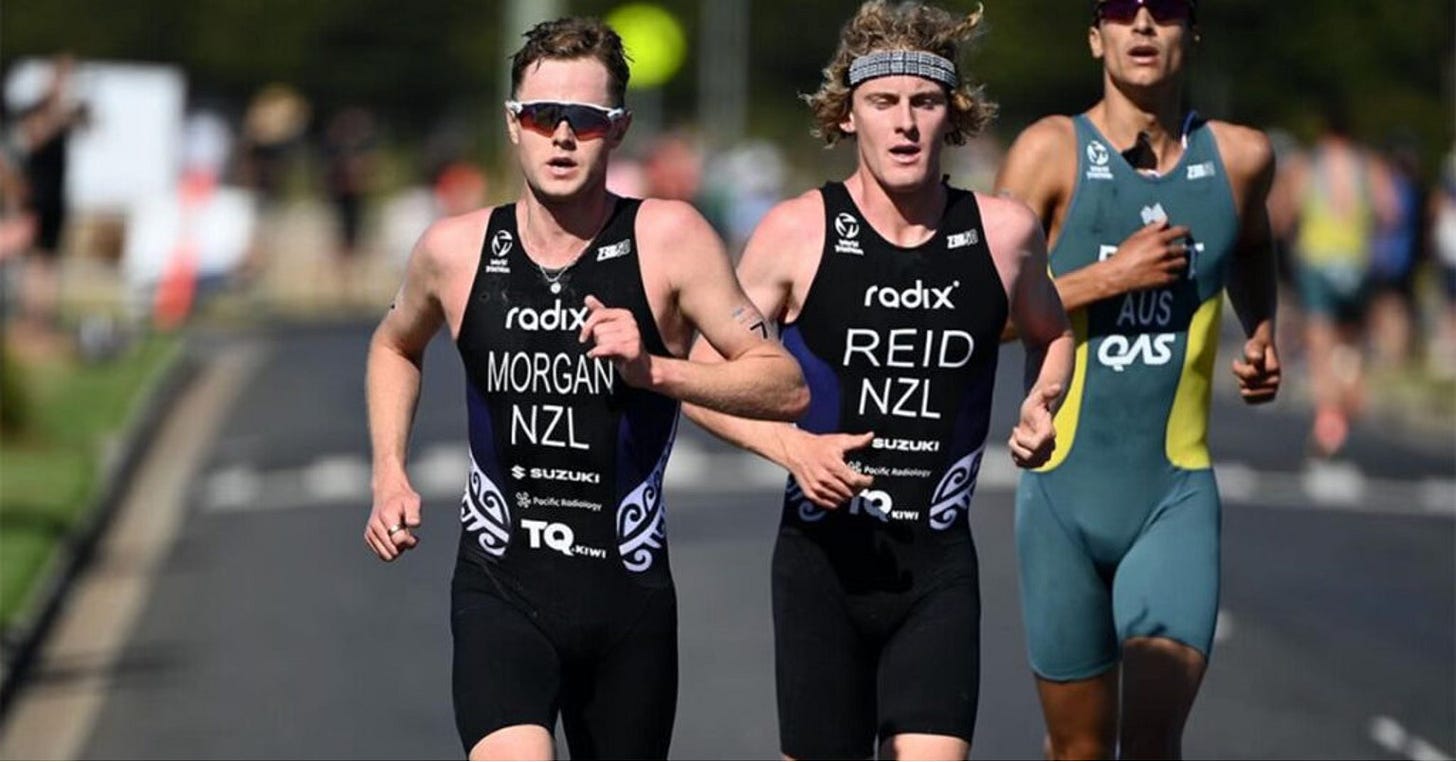The Ease of Running
When you closely observe a running race, each participant showcases their distinctive style. However, there's a common thread among the front-runners—a seemingly effortless grace that sets them apart. They glide almost weightlessly, barely touching the ground, maintaining a harmonious stride. The pelvis is in line with the body, with a smooth extended push-off and an upper body that remains still, composed and relaxed.
Venture a bit further back in the race, and the scene transforms. Feet hit the ground with audible slaps; bodies contorted, faces grimacing, shoulders tense, and a noticeable amount of bobbing and weaving. The accompanying soundtrack includes hissing, huffing, and panting—telltale signs of laboured breathing. All in all, it's not the most picturesque sight. These athletes may appear to be toiling much harder to the casual observer. Yet, the outcome in terms of forward momentum pales in comparison—the fluid elegance of the front-runners versus the seemingly strenuous efforts of those a bit further behind. One might think the latter group is putting in more work, but the efficiency of the former tells a different story when it comes to covering ground. The efficiency of movement is mainly determined by technique, which depends on the harmonious cooperation between the relevant muscle groups that propel us forward. How long we can sustain this and at what pace depends more on how well we can regulate oxygen uptake, transport and processing and, to a certain degree, our strength.
The mysterious, innate ability to move with grace and fluency depends to a large degree on our genetic disposition. However, this doesn't mean we're stuck with what we've got. We can also train our running technique, even if our genetic predisposition constrains the extent of improvement. This means there's always room for progress and better performance.
If you train like an elite athlete, with unwavering dedication and similar workout routines, but the results are not as expected, you might be tempted to blame your parents. But don’t let this stop you. On the contrary, it underscores the importance of recognising and working with the hand you've been dealt. Even if your genetic makeup places you in the middle of the pack, it doesn't negate the value of putting in the effort to improve and strive for personal progress.
In the world of sport, where the pursuit of excellence is often measured against the backdrop of competition, it's crucial to remember that, ultimately, the race is with your own self. Beyond the external markers of success and comparison with fellow runners, the true journey lies in discovering your own potential.
Running Technique
The main physical forces that hold you back when running are gravity (pulling you down) and air resistance (pushing you back). Short contact time with the ground will reduce friction between the forces of gravity (the ground) and forward momentum (your feet). But you can also use gravity to assist you with forward momentum by positioning your body with a subtle ‘total-body’ forward lean so that gravity pulls you down and forward. While altering air resistance might be out of your hands, there's a nifty trick to conserve energy: tailing a fellow runner who boldly faces the wind, creating a slipstream that eases the journey for those in tow. This aerodynamic teamwork can slash energy expenditure by 5-10%, particularly when running with a headwind.
Keep reading with a 7-day free trial
Subscribe to Endurance Essentials to keep reading this post and get 7 days of free access to the full post archives.





